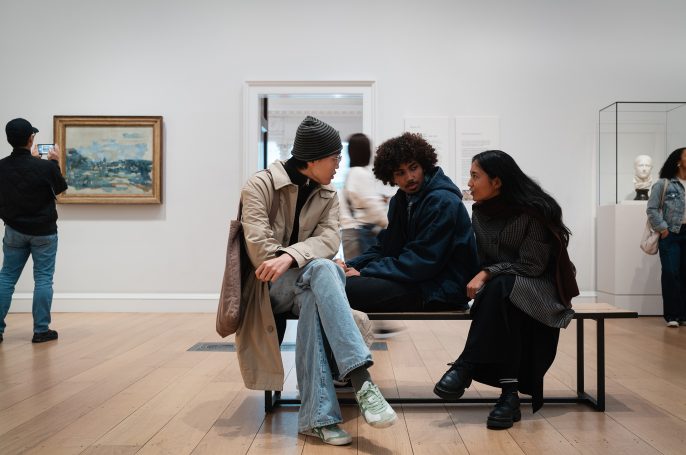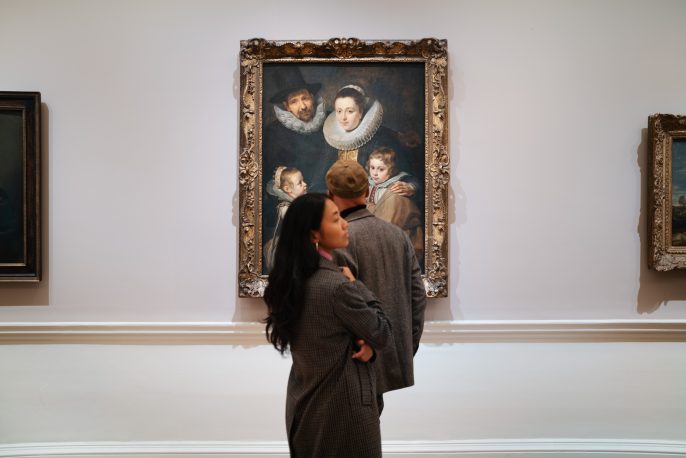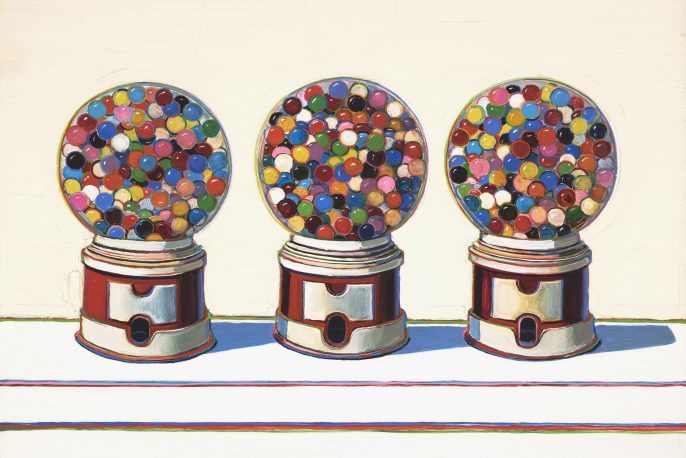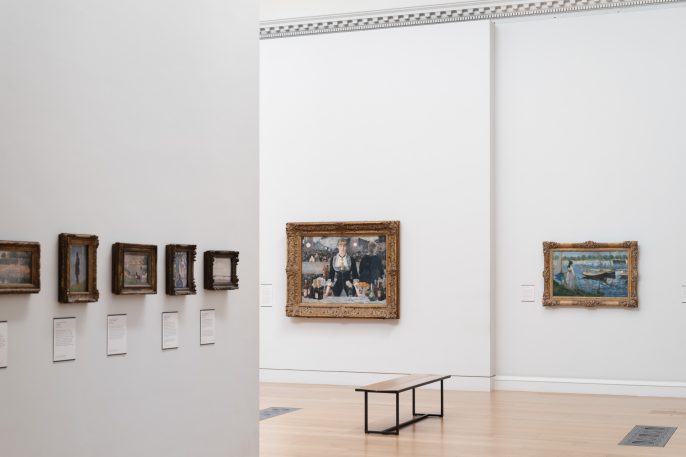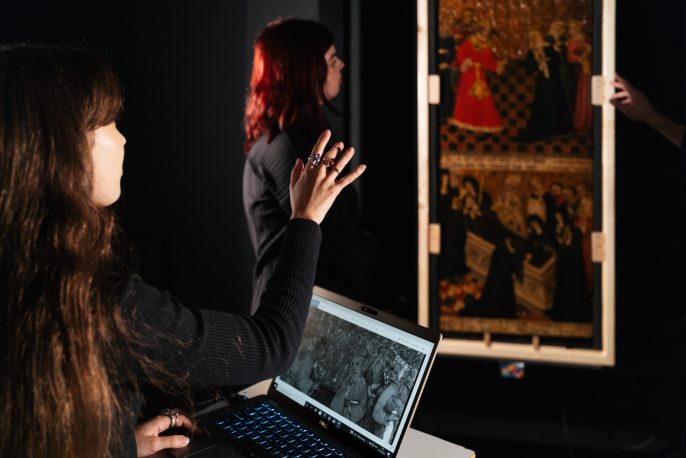Croziers, the sceptre-like staffs granted to bishops, abbots, and abbesses across Europe as a sign of authority, are one of the most distinctive symbols of ecclesiastical office. In England in the decades either side of the Conquest, their style and function underwent a fundamental change. ‘T-shaped’ or tau-crosses were gradually replaced by the crook-like crozier with its distinctive swirling head, a shift that occurred alongside changes to their role in the ecclesiastical and secular worlds. Whether processed at the heart of liturgical ceremonies or wielded as signs of ecclesial power in bitter disputes between bishops and kings, croziers were increasingly becoming a powerful visual indication of status and episcopal display.
This paper focuses on an important witness to these art-historical, political, and liturgical changes. The so-called Beverley Crozier, now in the Hunt Museum in Limerick, has tentatively been associated with the mid-eleventh century Archbishop of York, Ealdred, on account of the unusual pair of scenes carved on either side of its volute, one of which depicts the healing of a young boy by St John of Beverley. Ealdred was known to have been particularly devoted to John of Beverley, but his relationship to this crozier, and its significance in the context of Ealdred’s other artistic and literary commissions, has not been teased out in depth. Moreover, hitherto unnoticed by art historians is the unusualness of this crozier’s form. This is one of – if not the – earliest surviving crozier from England to be carved with a circular head, rather than the cross-shaped Tau-croziers favoured in pre-Conquest England.
Drawing on evidence for Ealdred’s connections with the Holy Roman Empire, where he may have seen this new crozier design, and reflecting of the significance of its form and imagery in the context of the political turmoil of his career, this paper offers a new reading of the little-known Beverley Crozier, revealing its importance in understanding broader relationships between status, symbols, and material culture in pre- and post- Conquest England.
Dr Sophie Kelly is a Lecturer in Visual Studies and Cultural Heritage in the Department of History of Art at the University of Bristol. Her forthcoming book Imagining the Unimaginable: The Trinity in Medieval England draws on her PhD research, which was supervised by Prof Alixe Bovey and Dr Emily Guerry. Prior to her current role, Sophie was Project Curator on the 2021 exhibition Thomas Becket: Murder and the Making of a Saint at the British Museum. She has also held curatorial roles at Canterbury Cathedral and the Royal Collection Trust. Sophie’s current research project focuses on the making and meaning of medieval croziers, the sumptuous and highly decorated staffs owned by bishops, abbots and abbesses across medieval Europe.
Organised by Dr Jessica Barker, Senior Lecturer in Medieval Art History, and Professor Alixe Bovey, Professor of Medieval Art History, The Courtauld, as part of the Medieval Work-in-Progress Series. This series is generously supported by Sam Fogg.
